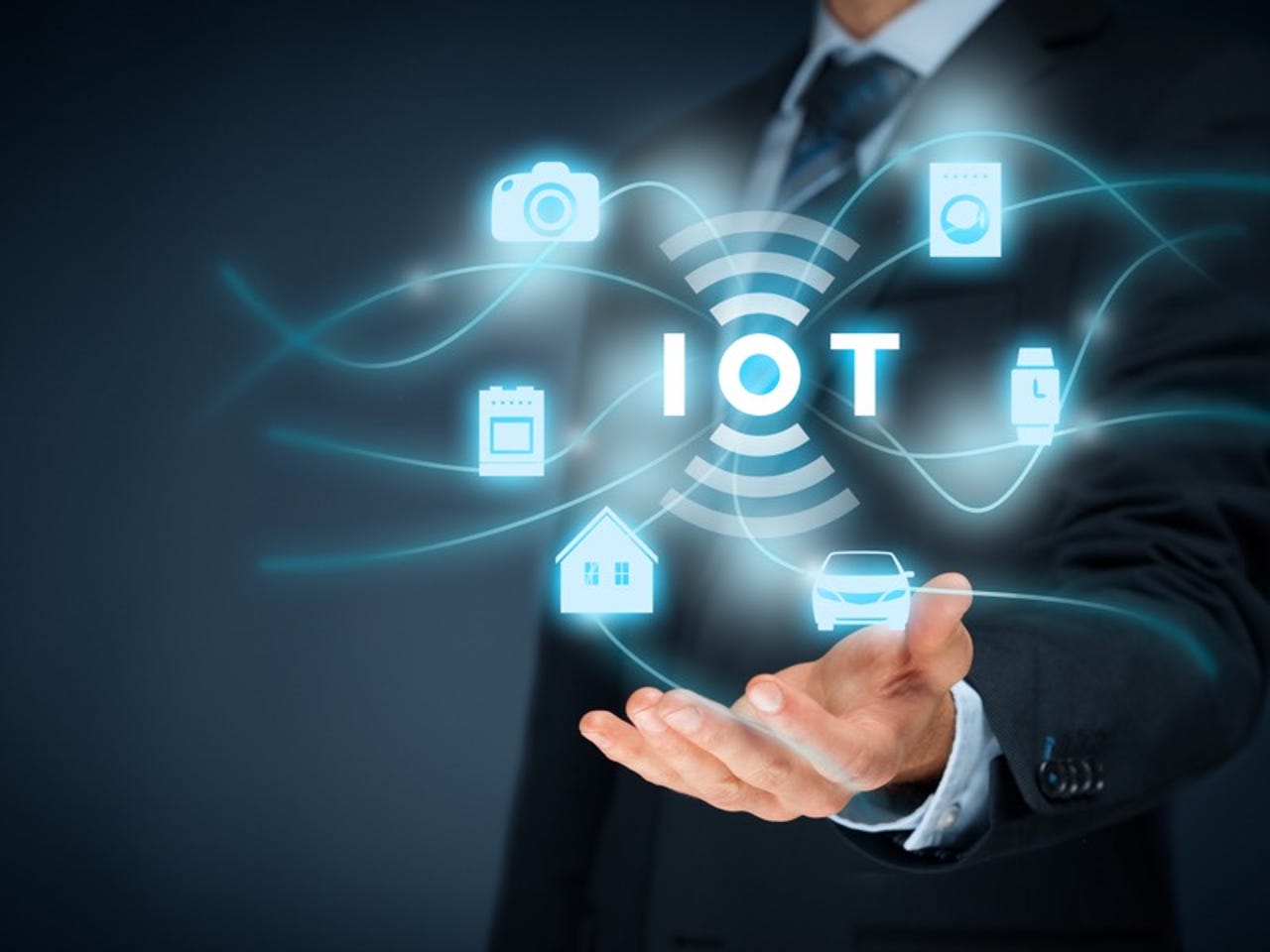The Internet of Things: 10 types of enterprise deployments


As the Internet of Things (IoT) market continues its explosive growth and development, more and more businesses are looking at the ways they can generate business value from connected devices and the data they generate. By 2020, research firm Gartner predicts that more than half of major new business processes and systems will incorporate IoT elements.
However, just where businesses are deploying these devices, and how they are using them depends on the vertical market. Here are 10 ways that enterprises are deploying IoT for real business value.
SEE: Internet of Things: The Security Challenge (a ZDNet/TechRepublic special report)
1. Data center monitoring, management, and automation
In recent market research conducted by 451 Research, the top IoT initiative in the enterprise was data center management, monitoring, and automation. While these concepts aren't new, the capabilities made available by current IoT products will help businesses tackle the massive influx of data that will continue to grow over the next few years. As well as enabling multiple data center locations to be monitored, connected sensors could also help IT better automate tasks like provisioning.
"The volume of data is going to far surpass human beings' ability to triage it all fast enough," said Christian Renaud, a research director covering IoT at 451 Research. "So, you're going to have to have automated processes in place for these applications."
2. Supply chain and inventory management
The top internal IoT initiative in recent Gartner research was operation optimization through features such as workflow management, supply chain management, and warehouse management. Using connected sensors, a business can more effectively manage a delivery fleet, and more closely follow its assets at rest and in transit.
According to Alfonso Velosa, research vice-president of IoT at Gartner, this fits into the goals of business owners and operators to reduce costs and optimize processes.
3. Surveillance and security monitoring
Once you connect any device to a network, it has the potential to become a valuable tool for data collection and becomes a candidate for easier management. Some of the 451 Research respondents noted that they were utilizing IoT in their security systems.
"Predominantly, they have cameras and electronic systems like doors and sensors that they are then bringing back into a monitoring scheme," Renaud said. "Video analytics with the cameras, [and] occasionally we'll hear facial recognition and more esoteric things like that."
4. Contextual product features
One of the most common uses for the data gathered by IoT is to return it back to the user as personalized features and contextual cues, such as personalized ads. In Gartner's research, 62 percent of those surveyed about their external IoT plans said they were targeting "new services to customers that do not directly generate revenue such as enhanced product features."
SEE: BYOD, IoT and wearables are thriving in the enterprise (Tech Pro Research)
5. Mobile device management
The management and tracking of mobile devices was listed by 38.8 percent of the respondents in the 451 Research report. The additional influx of new data and devices causes some challenges for mobile device management (MDM), but it also allows businesses to drill down in more detail and better understand how devices are being used and maintained, as well as providing better device tracking.
6. Building or facility management
This one was listed in research from both Gartner and 451 Research. Many commercial buildings are notoriously wasteful energy consumers. But with IoT, a company can use sensors and algorithms to automatically turn off lights and devices and change the temperature when offices, conference rooms, or parts of the building are unused. These sensors could also tune into a corporate calendar, for example, and begin booting up the conference-call hardware a few minutes before a meeting starts. By utilizing smart sensors, businesses could save a lot of money on their energy bills.
7. Asset management
Asset management encompasses quite a few scenarios, but in the enterprise it's most likely to refer to predictive maintenance. In the Gartner research, 67 percent of those who were asked about their internal IoT plans listed "Asset management such as predictive maintenance of equipment." Predictive maintenance is especially helpful for manufacturing and warehouses, which often operate expensive equipment. By tracking usage data, these firms can more accurately predict when something might go wrong with a device, and fix it before the problem leads to production issues or delays.
8. Fleet management, telematics
Using specialized sensors, companies operating fleets of vehicles are able to better track the vehicle's journey, as well as the behavior of a driver. Additionally, the strong prevalence of smartphones among drivers makes this kind of deployment even easier.
"People using the sensor packages that are in, say, an iPhone...people using those sensors packages to do analytics," Renaud said. "For example, all of the myriad number of telematics vendors that make OBD2 port dongles that plug into the OBD2 port on any truck or car and speak, via Bluetooth low energy, to a company-provided smartphone to a semi driver."
SEE: Quick glossary: Internet of Things (Tech Pro Research)
9. Healthcare
While fitness trackers are all the rage in inspiring workplace health programs, similar data can be used to help inform healthcare providers and insurance companies as well. Real-time patient monitoring and connected medical devices are growing the market for IoT devices in the medical field. Some research firms have predicted IoT in healthcare to be worth over $400 billion by 2022.
10. Retail
The use of IoT in retail has the goal of connecting the success of e-commerce with the physical, brick-and-mortar store experience. Beacons can be used to broadcast product information to a patron's smartphone, and proximity data can broadcast special alerts and deals when a person is walking by a shop. Technologies like RFID and Bluetooth Low Energy make it even easier to connect products. Even IBM Watson has an IoT retail application.
Also see
- Here are the biggest IoT security threats facing the enterprise in 2017 (TechRepublic)
- Regulating IoT: Where Trump and the GOP should start (ZDNet)
- 9 IoT global trends for 2017 (TechRepublic)
- IoT and Agriculture: A natural combination (ZDNet)
- 3 inexpensive steps to secure IoT (TechRepublic)